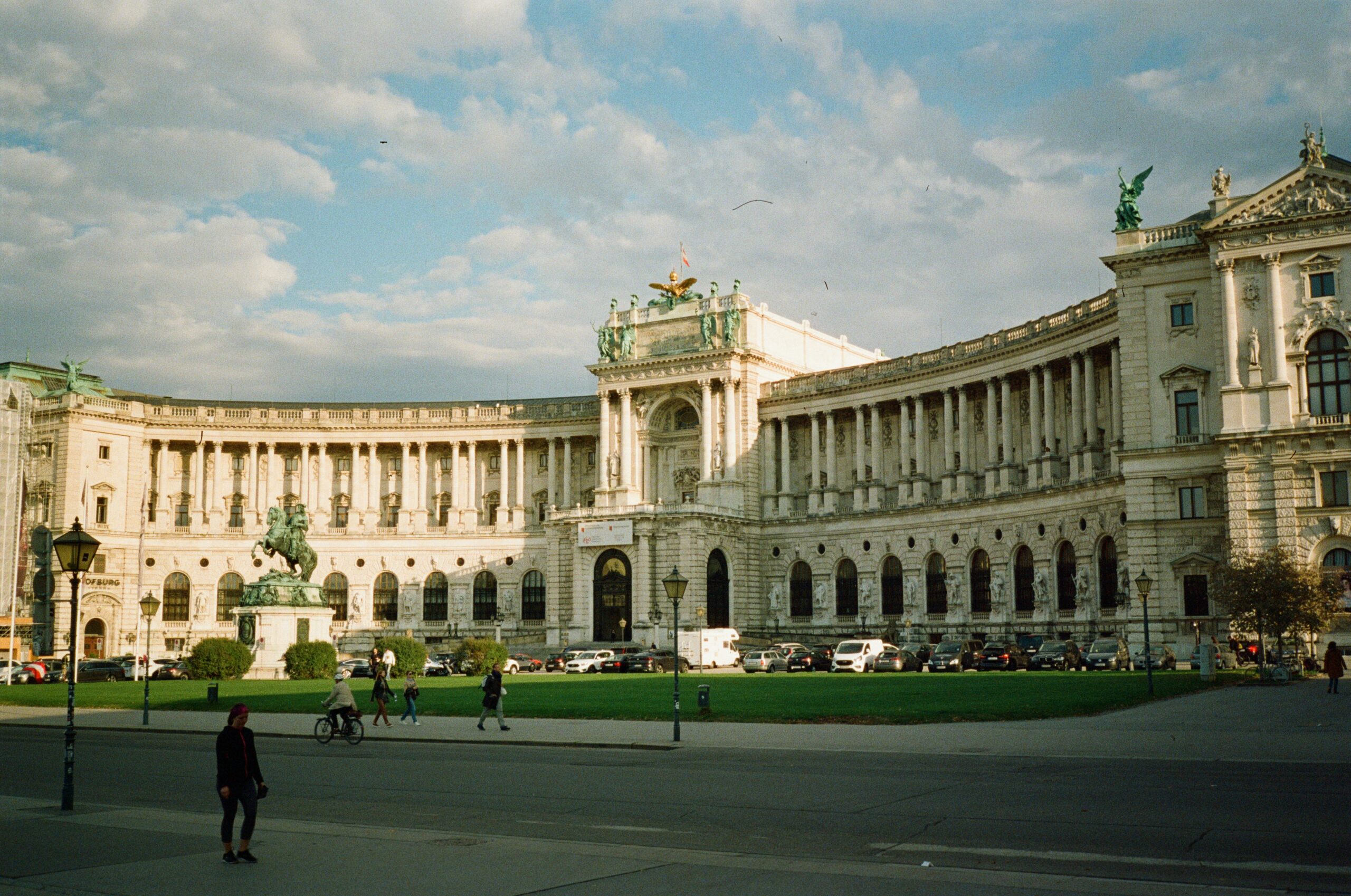
Inside Vienna: 15 real insider tips
Secret: Discover new sides of Vienna
Vienna has a lot to offer, but many things are well known: Hofburg Palace, St. Stephen’s Cathedral, Prater – explore your city anew and take a look at our list of insider tips.
Vacations in foreign cities are always a good way to get to know the culture and people. Sometimes you don’t have to travel far to discover something new. Even if you think you already know Vienna well, let insider tips draw your attention to new places, restaurants or ice cream parlors, architectural features and scenic beauties. Whether it’s an adventure, a chilled-out spot at sunset or a cozy stop at a small café: here are some real insider tips from insiders for your next trip to Vienna.
They still exist: 7 insider tips for Vienna
The inhabitants of a city are reluctant to reveal their most secret favorite places, but sometimes you are lucky enough to get wind of their highlights. We are not quite so secretive, but believe that sharing brings joy and friends. That’s why we present a few of our insider tips for Vienna.
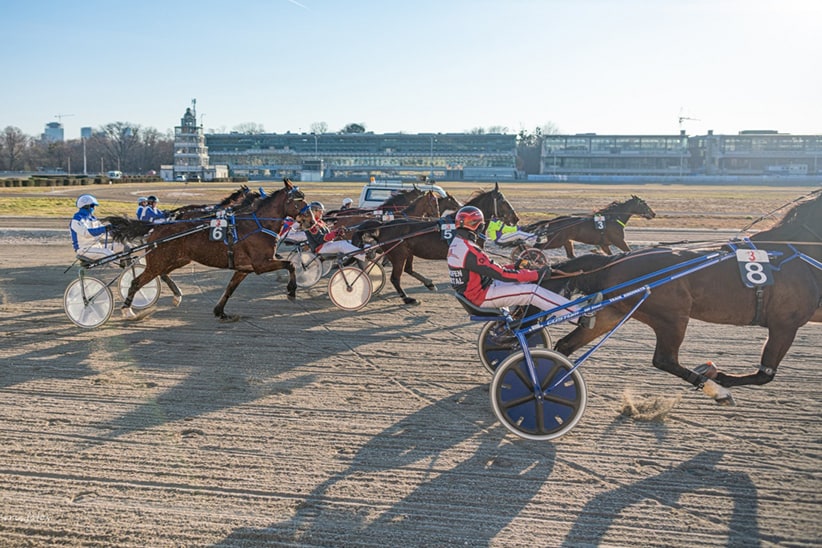
Betting like in imperial times: The Krieau harness racing track
Sure, you can argue about horse racing, but the harness racing track in Krieau on the edge of Vienna’s Prater Park is a true Viennese original. Surrounded by extravagant new buildings such as the WU University of Economics and Business and pompous office complexes, the racecourse area has an imperial feel and still features the Art Nouveau grandstands made of reinforced concrete, which were built between 1912 and 1914. The glory days of yesteryear have turned into a popular sport, where betting and chatting can be enjoyed in a cozy atmosphere with chips, beer and sausages every Saturday and Sunday.

For nature lovers: Lobau National Park & Hirschstetten Flower Gardens
It’s hard to believe that various government parties long pursued the idea of building a city highway through the Lobau National Park, this wonderful river and floodplain landscape in the south-east of Vienna. Countless and tireless protests have prevented this from happening. Just as well, because nature lovers, bathers and friends of free physical culture can still explore the huge area on foot or by bike. There are also a few lakes and open spaces for bathing, although consideration should always be given to nature. Therefore, please observe the rules of conduct and inform yourself in advance at the Lobau National Park House about hiking routes and bathing opportunities.
The “real” Viennese consider everything beyond the Danube to be Transdanubia and therefore not particularly worth mentioning. But they still come to the Gänsehäufel on the Old Danube to swim, sunbathe and meet friends. So why not discover another highlight in the city on the Danube, the Hirschstetten flower gardens? There are wonderful themed gardens, a zoological garden and playgrounds. There are also free workshops on the world of plants and animals as well as exciting guided tours, which are free until 1 pm. The bee tour is particularly popular and books up quickly – it’s best to register for it at the beginning of the year!
Insider tips for gourmets: Viennese cuisine at fair prices

Restaurant Rebhuhn
The Servitenviertel in Vienna’s 9th district is certainly one of the most beautiful corners of Alsergrund. And here, at the foot of the famous Berggasse, where the Sigmund Freund House is located, is the Gasthaus Rebhuhn. In summer, the large pub garden is a must, in winter the cozy dining room is impressive, serving traditional Austrian dishes that are not limited to Viennese cuisine.

Rado‘s Gastwirtschaft
The father in the kitchen, the son at the bar and as a quick-as-an-arrow, always cheerful waiter on the go, Rado and Marko Radovanovic complement each other to form a real dream team. Known for their spare ribs, crispy stilton and wafer-thin Wiener schnitzel, the dishes at Rado’s Gastwirtschaft are a real treat for fans of hearty cuisine. Tip: It’s worth making a reservation, as with 35 seats inside and a small garden, the restaurant fills up very quickly.

Gmoakeller
Also an institution in Vienna, the Gmoakeller right next to the Akademietheater has been one of THE addresses for traditional Viennese and Austrian cuisine since 1958. The house specialties include roasted liver and brains, but even if you’re not a fan of offal, you’re guaranteed to find what you’re looking for on the large menu. An extensive beer list as well as wine and schnapps specialties round off the offer.
Secret: Viennese cafés away from the tourist hustle and bustle

Allergiker Café
How could it be otherwise – at the Allergiker Café, the name says it all. The family-run café offers “sweets for everyone” and makes sure that all dishes are gluten, nut, lactose and soy-free. Whether it’s muesli for breakfast, a savory waffle at lunchtime or toasts, salads and cold dishes for in-between meals or in the evening – anyone with intolerances will find their happiness here in a friendly atmosphere.

Café Kafka
The bust of a famous philosopher in the corner, a small Swedish stove on the wall, a small bar at the back and otherwise just a few tables and a small pub garden – Café Kafka is not big, but it is all the more cozy. Yet it is only a stone’s throw away from the bustling Mariahilfer Straße shopping street. In any case, all kinds of people can be found at Kafka, but preferably those who work creatively and enjoy sipping a coffee for hours on end.

Café Exchange
Otto Wagner is certainly not only known to students of architecture, as the Viennese-born architect has shaped the cityscape in many ways to this day. As an urban planner, architect and visionary of Art Nouveau, you will inevitably come across his buildings again and again: from subway stations and pavilions to the church on the Steinhofgründe and the Postsparkasse in the city center. And the latter is home to the small Café Exchange, where you are served the best coffee in a unique atmosphere.
Architecture and culture: Insider tips in Vienna

Otto-Wagner-Villa
If we stay with Otto Wagner, but turn our gaze more towards the mountains and the Vienna Woods, we come across the Otto Wagner Villa, which the architect built for himself and his family in Hütteldorf in 1888. Legendary parties with the haute volee of the Viennese art and culture scene were celebrated here: Gustav Klimt, Adolf Loos, Gustav Mahler, Alma Mahler-Werfel, to name but a few. In 1972, the artist and sculptor Ernst Fuchs bought the villa, renovated it and made it his creative home. Today the house is a museum and event venue.

Karl-Marx-Hof
A residential building, but of a completely different kind, is the Karl-Marx-Hof, which was built in 1926 as a “prime example of a monumental superblock”. In its original form, the gigantic building offered space for almost 5,000 people. Common rooms, general laundries, infirmaries, a post office, stores – everything that people needed was accommodated in the building complex, which today stands as an example of “Red Vienna”. Whether you visit the museum or take a tour on your own – the listed building, in which many people still live today, can be explored in a variety of ways.
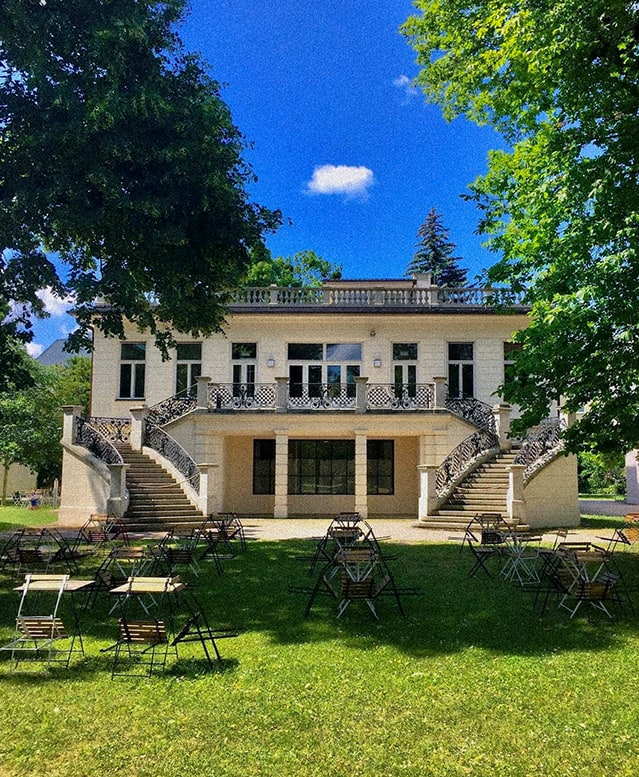
Klimt-Villa
You will inevitably come across Klimt’s works in the inner districts – in the Secession, the Belvedere Museum, the Vienna Museum or the Leopold Museum. Less well known is his last studio in Vienna, which today welcomes art lovers as the Klimt Villa in the Viennese suburb of Hietzing. The reception room and studio have been revitalized and the exhibition “Klimt lost” shows the painter’s work in a very personal setting: It addresses how art collectors were persecuted and robbed by the National Socialists and presents the handling of looted paintings after 1945. In the grounds of the villa there are beautiful roses from 1900 – the painter was a great gardener – and between May and September, guests can enjoy coffee and cake under chestnut trees in the garden café at weekends.
For adrenaline junkies: White water and rafting in the middle of Vienna
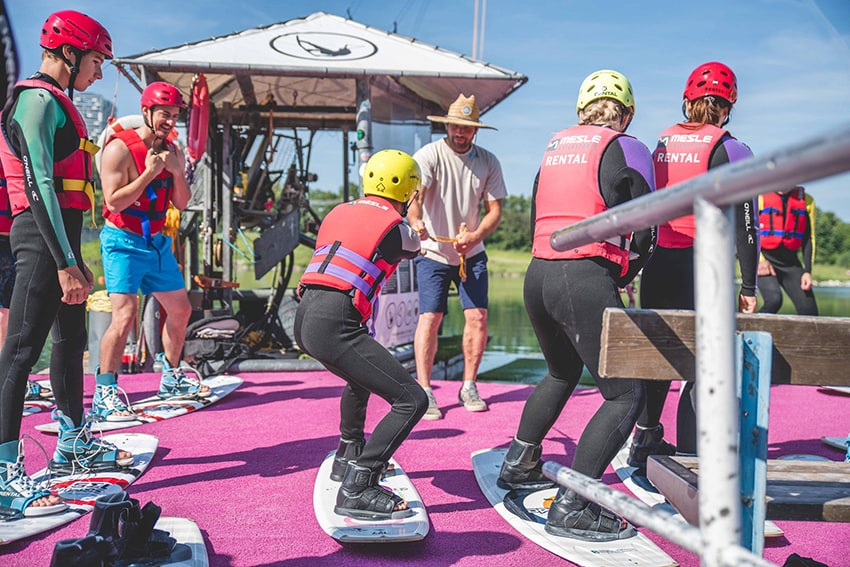
Wakeboardlift Vienna
Travel in comfort on the U2 underground line, get off and go water skiing or wakeboarding – the equipment is provided: The wakeboard lift on the New Danube welcomes beginners and advanced wakeboarders aged 8 and over who want to be pulled across the water by the lift. Courses are also available!
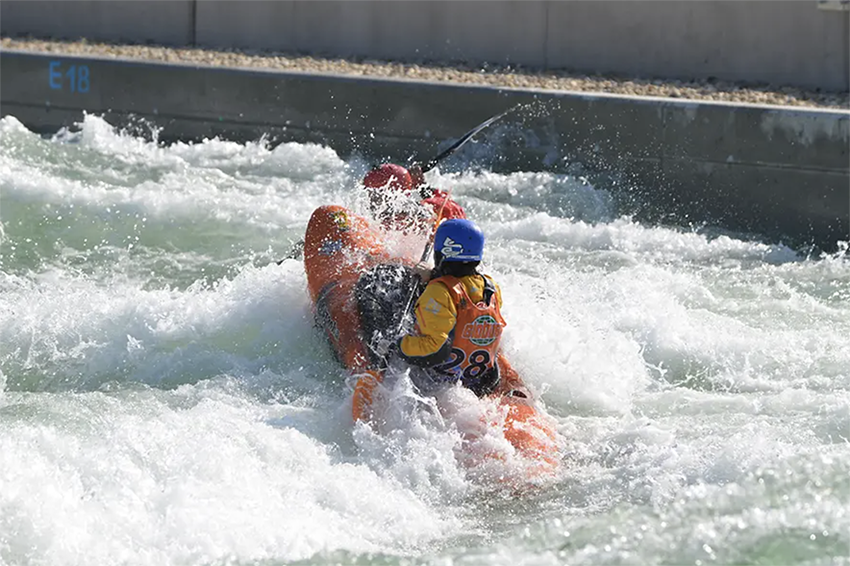
Vienna Watersports Arena
The Danube once again: Vienna’s Danube Island is home to a special center, the Vienna Watersports Arena. Originally designed as a training facility for professional athletes, you can enjoy a real rafting experience here in the middle of Vienna. Whether as a group outing with the company or for your next birthday party, the dedicated team of experienced instructors will find just the right program for you.

Water playground Donauinsel
What would Vienna be without things to do, even for the little ones? A real insider tip for the summer is the water playground on the Danube Island – and there is no entrance fee. In a safe environment, children can explore what is possible with this fascinating element and, of course, refresh themselves in the water. Ice cream and drinks can be bought at the stand, and changing rooms and toilets are available. The shady spots fill up quickly on sunny days – so come early and/or bring a parasol.



